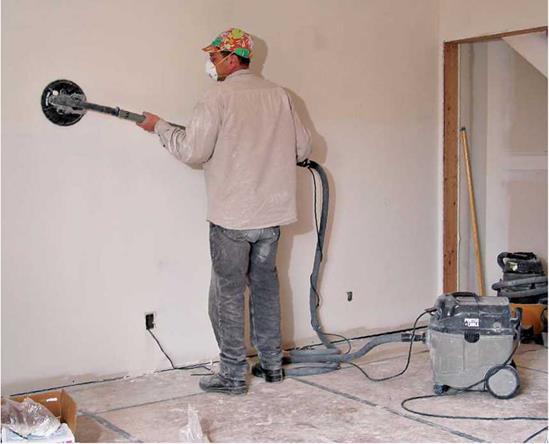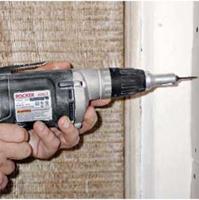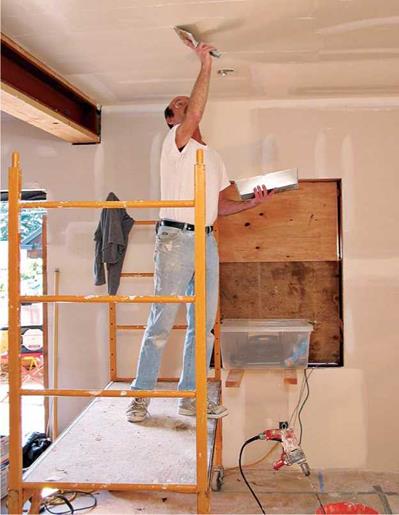DRINKING FOUNTAINS
Drinking fountains installed for handicap use shall be installed so that the spout is no more than 36 inches above the finished floor. The spout must be located in the front of the fountain. It is required that the flow of water from the spout shall rise at least 4 inches. Controls for operating the fountain may be mounted on front of the fountain or to the side, so long as the control is side-mounted near the front of the fountain. All handicap fountains require a minimum clear space of 30 inches in front of the fixture. The measurement is made from the front of the unit by 48 inches wide. If a fountain protrudes from a wall, the clear space may be reduced from a width of 48 inches to a width of 30 inches. Handicap fixtures require more attention than standard fixtures...
read more





 1111
1111



